Moses Soyer (1899-1974)
Get a Moses Soyer Certificate of Authenticity for your painting (COA) for your Moses Soyer drawing.
For all your Moses Soyer artworks you need a Certificate of Authenticity (COA) in order to sell, to insure or to donate for a tax deduction.
Getting a Moses Soyer Certificate of Authenticity (COA) is easy. Just send us photos and dimensions and tell us what you know about the origin or history of your Moses Soyer painting or drawing.
If you want to sell your Moses Soyer painting or drawing use our selling services. We offer Moses Soyer selling help, selling advice, private treaty sales and full brokerage.
We have been authenticating Moses Soyer and issuing certificates of authenticity since 2002. We are recognized Moses Soyer experts and Moses Soyer certified appraisers. We issue COAs and appraisals for all Moses Soyer artworks.
Our Moses Soyer paintings and drawings authentications are accepted and respected worldwide.
Each COA is backed by in-depth research and analysis authentication reports.
The Moses Soyer certificates of authenticity we issue are based on solid, reliable and fully referenced art investigations, authentication research, analytical work and forensic studies.
We are available to examine your Moses Soyer painting or drawing anywhere in the world.
You will generally receive your certificates of authenticity and authentication report within two weeks. Some complicated cases with difficult to research Moses Soyer paintings or drawings take longer.
Our clients include Moses Soyer collectors, investors, tax authorities, insurance adjusters, appraisers, valuers, auctioneers, Federal agencies and many law firms.
We perform Moses Soyer art authentication, appraisal, certificates of authenticity (COA), analysis, research, scientific tests, full art authentications. We will help you sell your Moses Soyer or we will sell it for you.
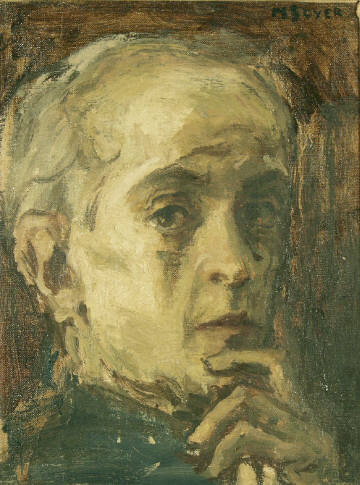
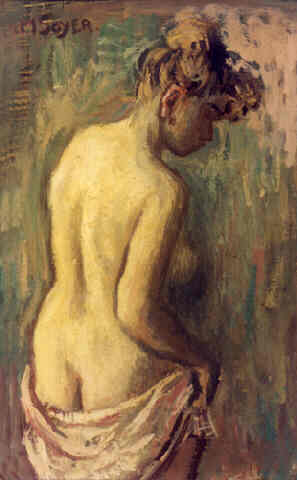
Moses Soyer was born in Russia and arrived in New York City with his family in 1912. The twin of Raphael and brother of Isaac, also well-known painters (and remarkably similar in subject and style), Soyer’s talent for drawing was early apparent. He received formal training for several years during WWI. Like many artists of his generation, he was deeply affected by the Depression. He was heavily involved with the WPA and completed a series of murals in 1940 for the WPA.

Many of his portraits of the 1930’s were of unemployed workers. Strongly Social Realist in inclination, Soyer criticized Regionalism, then gaining popularity in the USA. In the war years however he began to specialize in painting nudes and ballerinas, and did so for most of the rest of his life.
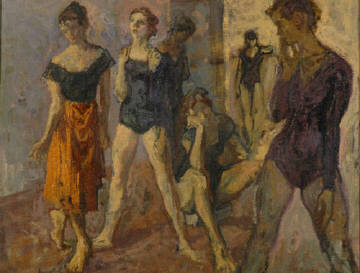


These softer subjects notwithstanding, Soyer’s background in drawing is always evident, and echoes of Social Realism reverberate to the end of his career. His portraits are invariably strong, heavily delineated and unsentimental, as indeed are his nudes.
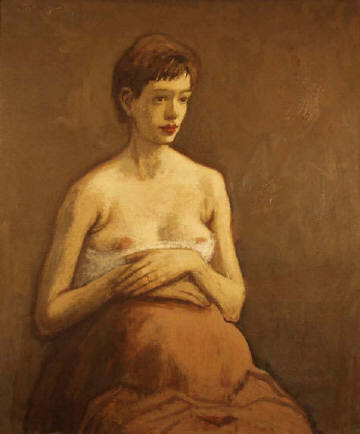
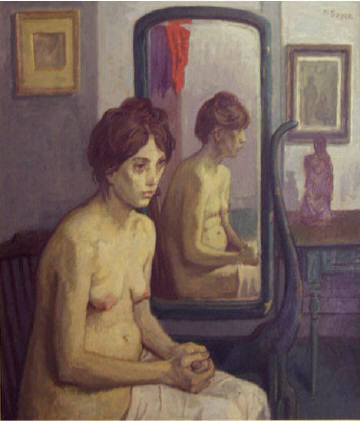

Soyer was not an innovator. He reflects the changing dominant influences of the first half of the 20th century faithfully, shifting from gritty Social Realism through conventional Modernism to the lighter, sketchier touch of the 1950’s. His palette lightens after WWII, as if the black clouds of war and Depression have finally lifted.

Soyer’s great strength is the human figure, sensitively portrayed with masterly draughtsman ship. The later works of Soyer show his continued dedication to drawing, resulting in a kind of academic Modernism. Some of his later work harkens back to the late 19th century. The faces of Soyer’s subjects are invariably Realist in style, and he always made his backgrounds recede. Even when his subject was relatively dark, the background would be darker.

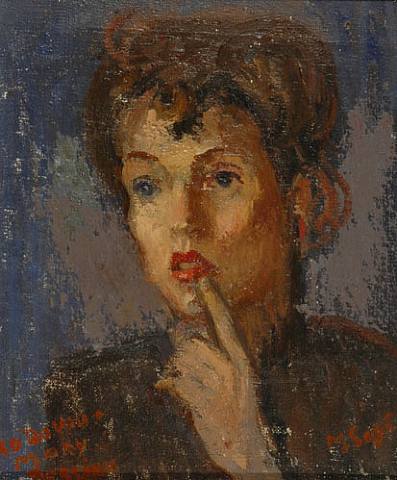
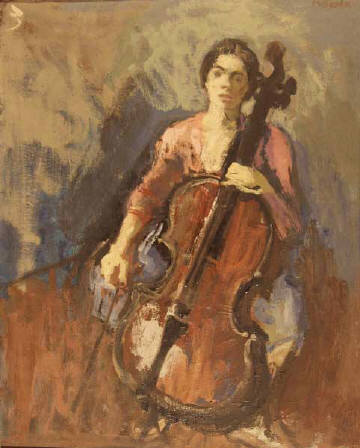
Today, Soyer’s paintings are housed all over the world, and perhaps in your own home. Still wondering about an early 20th century Russian painting in your family estate? Contact us…it could be by Moses Soyer.
Reviews
1,217 global ratings
5 Star
4 Star
3 Star
2 Star
1 Star
Your evaluation is very important to us. Thank you.
